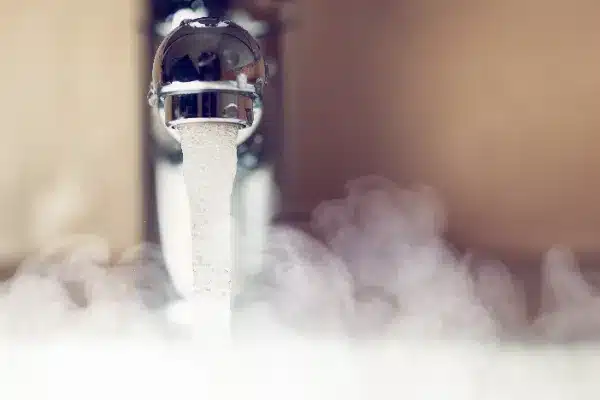With so much information and misinformation circling around regarding tankless vs tank type water heaters we thought it would be a good idea to provide you with all the info you need to know prior to making your decision on your home’s next water heating solution.
Tankless Water Heater
PROS
- Endless hot water (5 hour hot shower? Now it’s possible!)
- Most energy efficient (98%, meaning that for every dollar you spend in fuel, natural gas, this machine will use 98 cents and only waste 2 cents)
- Space saving (these machines are hung on the wall and provide a clean space saving benefit to your mechanical room)
- Exact Temperature control (the digital programmable thermostat on these machines allows you to set the exact temperature you would like the water to be)
- May be eligible for local energy rebates or tax credits
- Proven longevity more than 15 years with proper maintenance
- Standard equipment includes a hot water recirculation system so your home can be outfitted with on demand hot water at multiple fixtures.
- Built in leak protection (If the unit is to malfunction or sense that there is a leak in the unit, it will automatically turn off the water to the unit to prevent any damage to your home)
CONS
- Higher initial investment (as most homes will need to be retrofit to accommodate the change from tank type to tankless water heating the initial installation cost may be higher than a tank type)
Tank Type Water Heater
PROS
- Easy installation (typical installation of a tank type unit is 2-3 hours)
- Multiple options available (choose from 40,50-,75- or 100-gallon units, and can change size in most applications depending on need upon replacement)
- Lower investment (Typical tank type water heaters have the lowest cost of entry)
CONS
- Least energy efficient (Only 80% efficient, wasting 20 cents for every dollar of energy purchased)
- Takes up a lot of space in your home’s mechanical room.
- Average life is only 6 years.
- Not equipped with any type of recirculation system (on demand hot water would require external circulation pumps and additional equipment and pipe work)
- No leak protection (when the tank becomes breached it will leak and potentially could cause flooding)
- Provides extremely limited hot water (typical 50 gal unit will only supply an average shower with 15-20 min of hot water, at which point it will take upwards or an hour to replenish)

